Introduction
- Discuss the importance of having the right kitchen electronics for improving cooking efficiency and creativity.
- Brief mention of how modern technology has made cooking more enjoyable and accessible.
High-Quality Blender
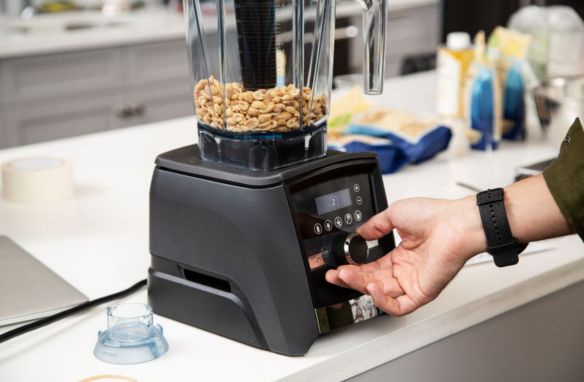
- Overview of the versatility of blenders (smoothies, soups, sauces).
- Key features to look for: power, blade quality, and ease of cleaning.
Food Processor
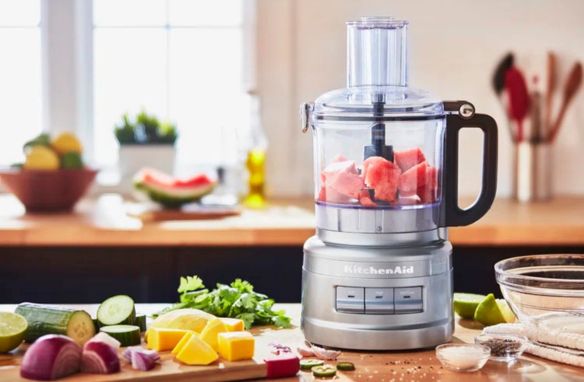
- Explanation of how food processors save time on chopping, slicing, and mixing.
- Recommended attachments and functions (shredding, kneading dough).
Slow Cooker
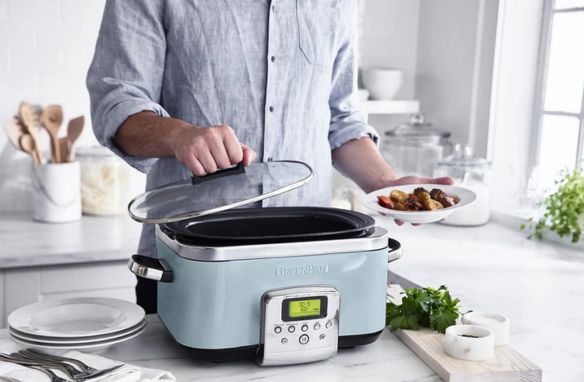
- Benefits of slow cooking for tender and flavorful meals.
- Tips for using a slow cooker effectively, including meal prep and recipe ideas.
Electric Kettle
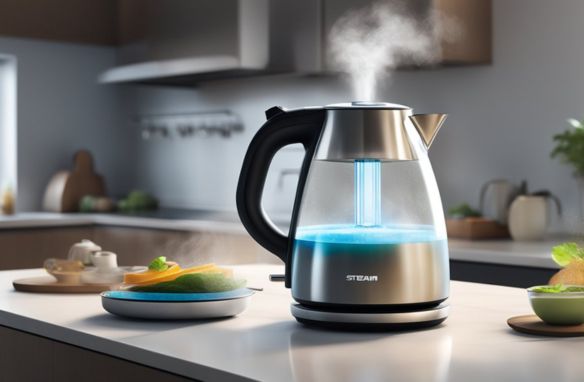
- Advantages of electric kettles for quick boiling of water.
- Comparison of features (temperature settings, keep-warm functions) for tea and coffee enthusiasts.
Smart Thermometer
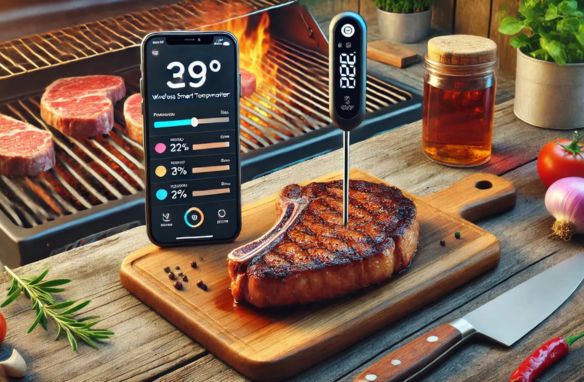
- Importance of precise temperature control in cooking (especially for meats).
- Overview of wireless thermometers that sync with smartphones for alerts.
Rice Cooker
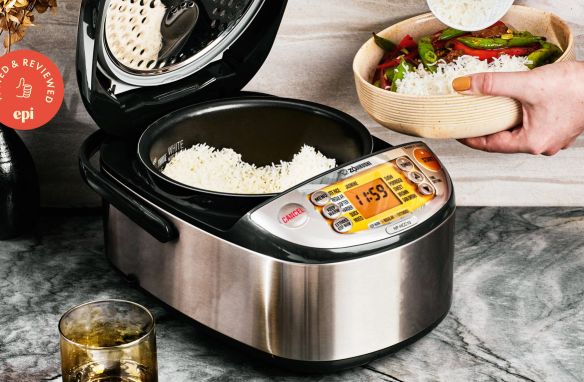
- Discussion on the convenience of rice cookers for perfectly cooked rice every time.
- Mention of multifunctional models that can steam, cook grains, and more.
Toaster Oven

- Benefits of a toaster oven for small batches and versatile cooking (toasting, baking, broiling).
- Space-saving advantages in small kitchens.
Stand Mixer
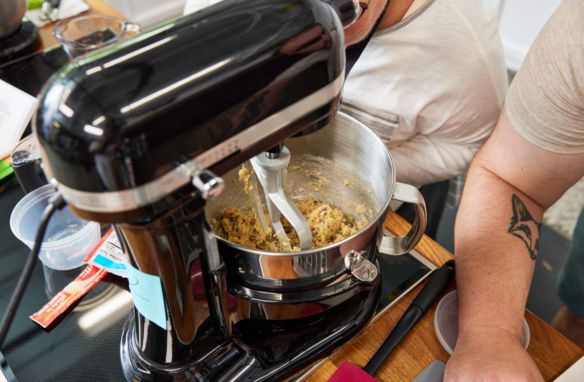
- Explanation of how stand mixers simplify baking tasks.
- Highlighting attachments that extend functionality (pasta maker, food grinder).
Air Fryer
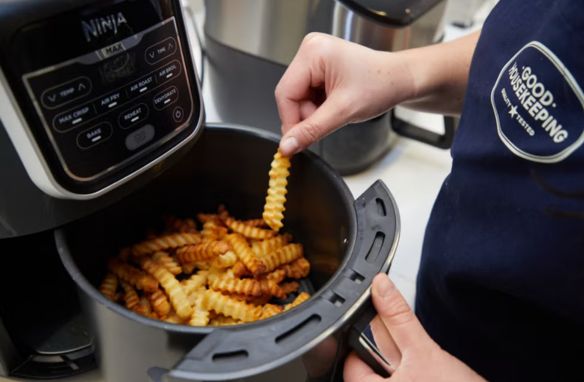
- Overview of air fryers and their ability to create crispy food with less oil.
- Popular recipes and cooking methods to explore with an air fryer.
Juicer
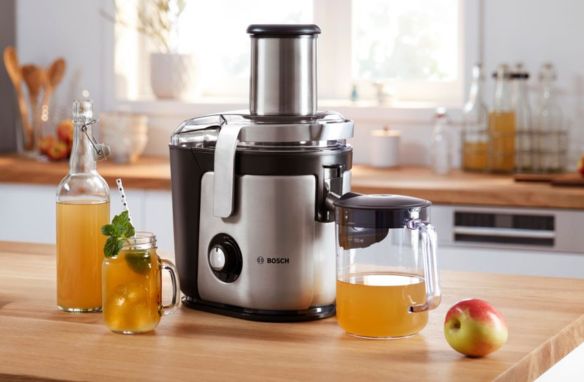
- Discussion of the health benefits of fresh juices.
- Comparison between centrifugal and masticating juicers and their respective benefits.
Conclusion
- Recap the importance of having these essential kitchen electronics to enhance cooking experiences.
- Encourage readers to consider investing in these tools to elevate their culinary skills.


